Lloyd Hall
Lloyd Hall made significant contributions to society by developing new methods of food preservation and sterilization which eliminated spoilage and health hazards and enhanced efficiency and profitability for food suppliers.
Lloyd Hall was born on June 20, 1894 in Elgin, Illinois. He was an honor student while attending West Side High School in Aurora, Illinois and captained the school debate team while competing in baseball, football and track. Lloyd graduated high school in the top 10 of his class and had to choose between four college scholarship offers. He decided to attend Northwestern University, earning a Bachelor Degree in Pharmaceutical Chemistry in 1916. While at Northwestern, Hall went to classes with a student named Carroll L. Griffith who would later go on to become the founder of Griffith Laboratories. Following graduation, Hall received a graduate degree from the University of Chicago.
Hall was hired by the Western Electric Company through a phone interview. When he showed up for his first day, however, he was told by a personnel official that “we don’t take niggers.” Recovering from this slight, he began working for the Chicago Department of Health as a chemist and was promoted in 1917 to senior chemist. The next year he moved to Ottumwa, Iowa where he maintained the position of chief chemist at the John Morrell Company. During this time, World War I broke out and Hall was given an appointment as Chief Inspector of Powder and Explosives for the United States Ordnance Department.
On September 23, 1919 Lloyd wedded Myrrhene Newsome, a teacher from Macomb, Illinois. Two years later, the couple moved to Chicago where Lloyd started working for the Boyer Chemical Laboratory where he took the position of chief chemist and focused on the emerging field of food chemistry, and began looking at a way of preserving meats with chemicals. In 1922 he moved on to Chemical Products Corporation where he functioned as President and Chemical director of their consulting laboratory and often consulted with Griffith Laboratories. In 1925, Hall was given a position with Griffith Laboratories as chief chemist and director of research. Griffith Laboratories, of course, had been founded by Hall’s former classmate Carroll Griffith and after years of moving from company to company, Hall agreed to the position and stayed there for the next thirty four years.
Hall had been working for a number of years researching different areas of food chemistry and upon becoming a member of Griffith Laboratories began looking into methods for preserving foods. Up to that point, foods, and particularly meats had been preserved by using sodium chloride (table salt). As well, nitrogen-containing chemical compounds were also used to preserve meats. It was found that nitrates chemically changed into nitrites and then into nitrous acid which caused the meats to maintain a healthy, red color (the process was referred to as curing meat). Hall observed, nonetheless, that when sodium chloride, sodium nitrate and sodium nitrite were used in order to preserve and cure the meat, the nitrates and nitrites penetrated the meat much faster than did the sodium chloride. In doing so, the nitrates and nitrites adversely impacted the meat by breaking it down before the sodium chloride had a chance to preserve it. In order to correct this, Hall found a way of encasing the nitrates and nitrites within a sodium chloride “shell” by utilizing a process known as “flash-drying” the crystals over heated rollers. This permitted the sodium nitrate to be introduced to the meats first and dissolved, and then the nitrates and nitrites were able to permeate the “preserved” meat and therefore “cure” it.
Hall next tackled a problem which came about when meats were stored in containers. The sodium chloride/nitrate/nitrite combination tended to absorb the moisture from the air within or around the container and induced them to form a caked mass on top of the meat. Hall was able to figure out that by adding a glycerine and alkali metal tartrate to the original mixture, the glycerine and tartrate would effectively soak up the moisture without “caking” and thus preventing the chloride/nitrate/nitrite combination from absorbing it.
Hall also maintained an interest in sterilizing foods, utensils and tools. Although many people thought that certain spices and flavorings also had the added benefit of preserving foods, Hall found that a number of of these agents actually exposed the foods to an large quantity of germs, molds and bacteria. Hall set out to eliminate this while at the same time permitting the spices and flavorings to retain the aroma and color (many of these lost their coloring and fragrance and taste when exposed to high sterilizing temperatures). He ultimately discovered a gas called ethylene oxide, which he introduced to the foods within a vacuumed environment which removed the germs and bacteria while maintaining appearances, taste and aroma.
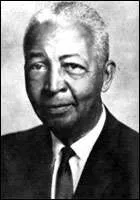 These contributions to food preservation and sterilization revolutionized the way foods were prepared, processed, packed and transported, eliminating spoilage and health hazards and enhancing efficiency and profitability for food suppliers. In the course of his work, Hall would publish more than five scientific reports and receive more than one hundred patents. He also served as an consultant to the United States during two World Wars, served on dozens of advisory panels and boards and was given hundreds of honors and awards.
These contributions to food preservation and sterilization revolutionized the way foods were prepared, processed, packed and transported, eliminating spoilage and health hazards and enhancing efficiency and profitability for food suppliers. In the course of his work, Hall would publish more than five scientific reports and receive more than one hundred patents. He also served as an consultant to the United States during two World Wars, served on dozens of advisory panels and boards and was given hundreds of honors and awards.
In 1959 Hall retired from Griffith Laboratories and moved to Pasadena, California where he died in 1971. He left behind a legacy as a leader in the field of food chemistry and is responsible for bettering health conditions in all areas of the food industry. He was a true Great Black Hero.
Search for more info about Lloyd Hall

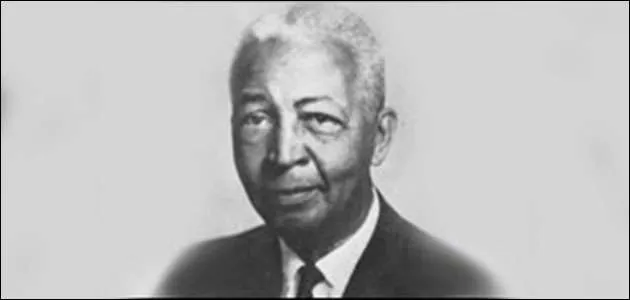
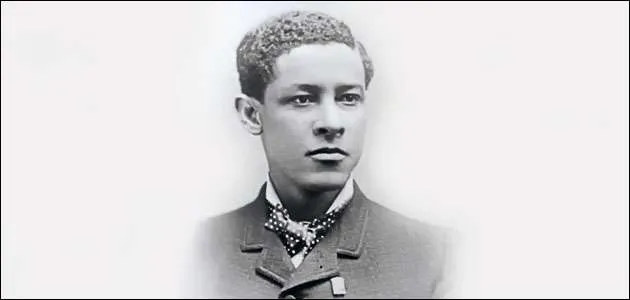
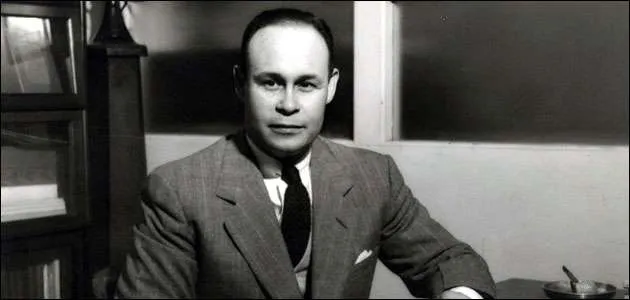

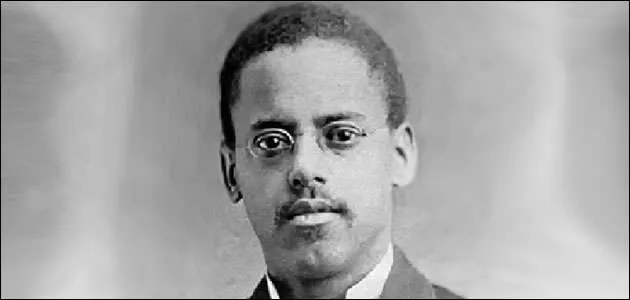
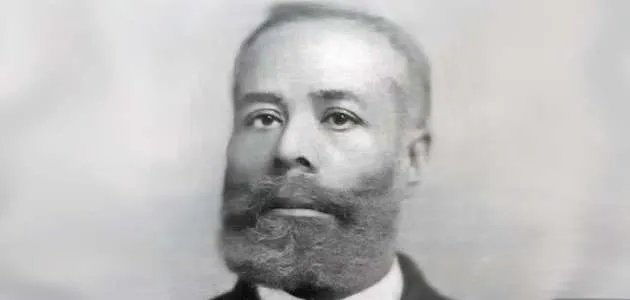
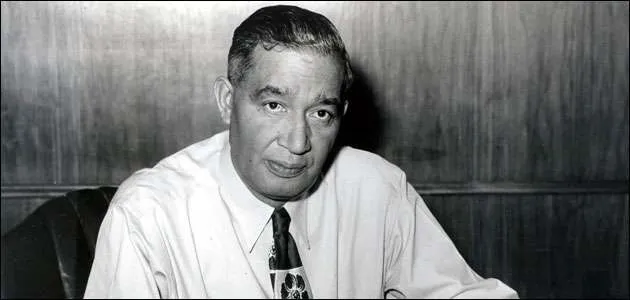
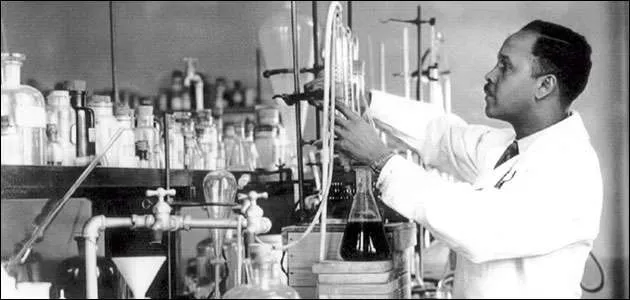
 Like Us on Facebook
Like Us on Facebook Tweet Us on Twitter
Tweet Us on Twitter Watch Us on YouTube
Watch Us on YouTube Pin Us on Pinterest
Pin Us on Pinterest Link to Us on LinkedIn
Link to Us on LinkedIn Adscape International, LLC
Adscape International, LLC PO Box 173 Brandywine, MD 20613
PO Box 173 Brandywine, MD 20613 240-244-9660
240-244-9660
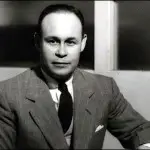

Leave a Reply
Want to join the discussion?Feel free to contribute!